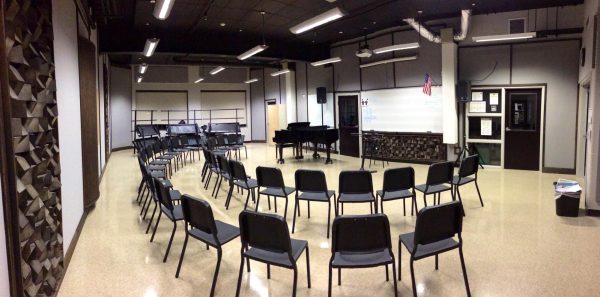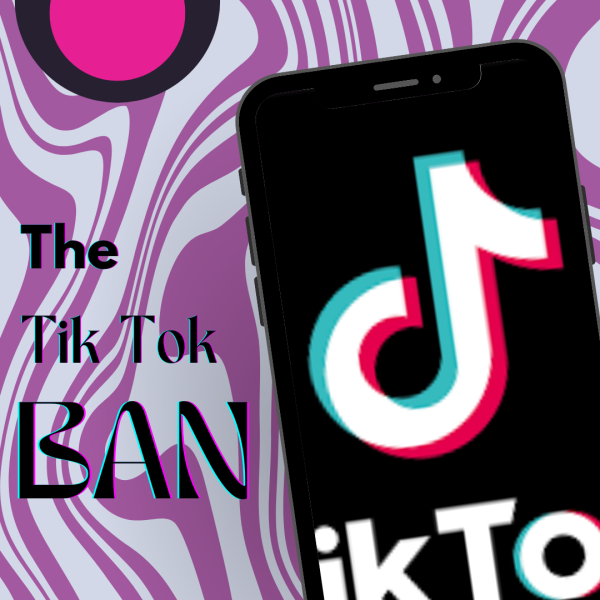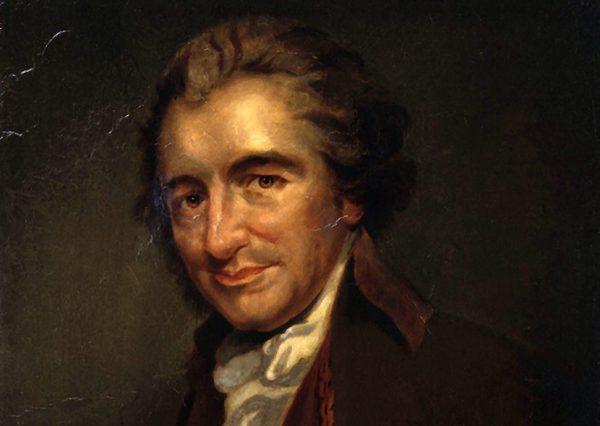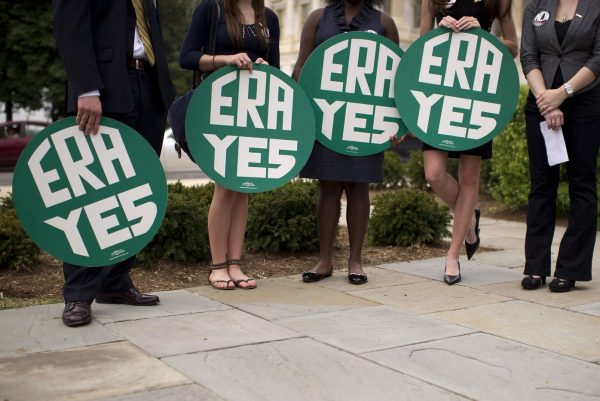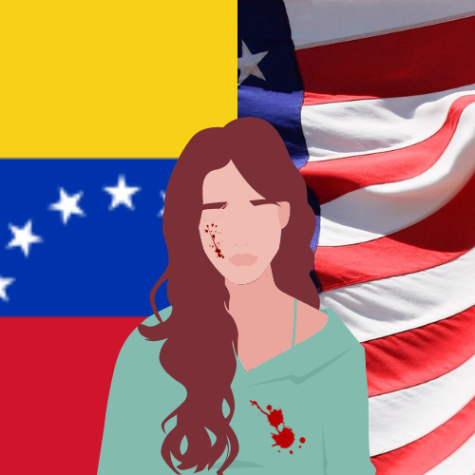Should Rutherford County Schools discontinue mask requirements in the classroom?
Staff Editorial
The Rutherford County Board of Education will meet on Tuesday, April 6, to vote on whether masks should be required in county schools for the remainder of the 2020-21 school year.
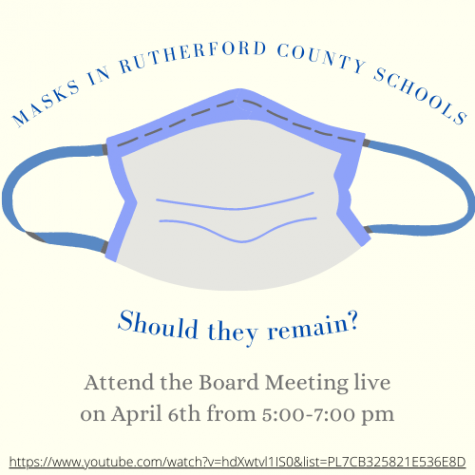
With County Mayor Bill Ketron lifting the mask mandate on March 15, the relevance of masks in elementary, middle, and high schools has come into question. A previous school board policy defines the expiration date of the current mask requirement as the last day of the 2020-21 school year, but this could be subject to amendment as early as April 7, depending on the outcome of the vote. Click here for a brief history of Rutherford County mask requirements.
At the Rutherford County Board meeting on March 18, 2021, a discussion, but no vote, was held regarding the mask requirements for the remainder of the 2020-21 school year.
“Simply let parents have a choice,” said Chris Littleton. A parent of three children in Blackman schools, Littleton wishes for neither a strict mask ban nor a mask requirement. Multiple parents who spoke mirrored his opinion.
However, Sheila Bratton, a board member who will be voting at the upcoming meeting, stated that “[she has] received many emails from parents and teachers. Most are in favor of keeping masks, although certainly not everyone.”
Bratton is not alone. Rutherford Education Association also supports keeping masks until the end of the school year, based on current CDC recommendations.
“REA believes that following CDC guidelines for wearing masks reduces the risk of contracting COVID. We have been grateful for the mask mandate this year and would like to finish out the school year with it. No one knows what the future holds, but we certainly hope that next fall we can begin the year without [masks],” stated Geneva Cook, REA vice president.
In a show of solidarity, 87 percent of the REA members voted to retain the mask mandate until the end of the school year. However, only the RCS school board can vote to retain or end the mask mandate.
Ultimately, Bratton believes “staying with masks seems the prudent and smart move. I will be following science and CDC guidelines as I vote to continue the masks for a while longer. We could see another surge if we abandon our precautions too soon.”
Other board members, such as Tammy Sharp and Lisa Moore, voiced different opinions at the March 18 discussion.
“[Wearing a mask is] punitive. The treatment truly is worse than having the virus,” Sharp asserted after explaining that elementary school children have been scolded for improper mask use.
Moore agrees with Sharp that masks should be made optional immediately, noting the inconsistencies between RCS in-school policies and TSSAA athletic policies.
“If we’re not going to practice what we preach, we don’t need to be practicing at all,” said Moore.
TSSAA rules for sports allow wrestlers, for example, to be in close contact without masks, while students in RCS schools must wear them. Moore describes this as a “double standard,” and believes that masks should not be required in schools as a result.
However, in Rutherford County Schools alone, several sports teams, exempt from wearing masks while participating in TSSAA-sanctioned activities, have been quarantined multiple times throughout the year due to positive COVID-19 cases of both players and coaches.
Rutherford County surveyed 4,302 employees of the school district (over 75% of their employees), 60% of which were in favor of maintaining the mask requirement for the remainder of the school year, stated James Evans, RCS Communications and Community Relations Director. Teachers may be hesitant to be in the school building for the remainder of the year if masks are not required.
State testing in Rutherford County is approaching, and 80% of students in the county must be tested for it to count. The concern is that fewer students will come in for testing if masks are not required.
“The district as a whole must test at least 80% of its students in order for the state’s new ‘Hold Harmless’ legislation to be in effect. At Blackman, we anticipate testing a much higher percentage of students; we typically test around 99% of our students. That being said, I think there are a variety of feelings from students when it comes to wearing masks in schools. I’m not sure I can speak for them, but I can speak to what we are doing to prepare a safe testing environment. The district has provided a unique testing calendar to limit the number of students on campus. We are planning on testing rooms of no more than 15 students to allow for social distancing. We are also spreading our testing rooms across the building to minimize the number of students on any given hallway. Rooms will be sanitized before and after the students test. We will do everything possible at our school to provide students with a safe environment,” stated Justin Smith, assistant principal.
Students at Blackman High School will test in an environment with other COVID safety precautions, regardless of masks. Students may prefer to wear masks, but if masks are no longer required after the school board votes, social distancing measures and cleaning protocols will still be in place.
When making the decision to either keep or remove masks in schools, a deeper look into elementary education is necessary.
According to the CDC, COVID-19 is less likely to hospitalize children under 10 than older children and adults. Studies show that although children may only show mild symptoms or be asymptomatic, they can be carriers and easily spread COVID-19 to older siblings and adults in their families. It is easier to maintain a safe social distance in high school and middle school than it is for younger children in elementary school. Since the virus is spread easier among younger children because of asymptomatic cases, it raises questions on how masks affect elementary schools differently than middle or high schools.
A typical day in elementary school before COVID-19 was interactive, including activities like circle time and special areas. All of these require lots of movement within the classroom and the building. Not only is location a big problem with COVID-19, but the usage of manipulatives and lesson materials has become an obstacle.
Jordan Smith, a first grade teacher at Blackman Elementary School, gave some insight into how masks change and help learning for younger students.
“The biggest challenge has been modifying for kinesthetic (physical/hands-on) learners. One way I have handled this is by giving students math kits. This is a simple plastic box that students keep in their desks full of math manipulatives. . . the other changes are all physical location. Rather than our morning meeting being held on the carpet, students remain in their seats,” she said.
The effect of these new routines on elementary school children is also a popular talking point.
“The psychological damage that [these requirements are] doing to our children” was a concern expressed by Lisa Moore, RCS board member.
However, Jordan Smith explained how adaptations have been made to the school day to keep things as close to normal as possible. Masks have made it easier for a somewhat normal, in-person learning environment.
“While we have had some ups and downs, masks make my classroom safer, and that is the most important thing right now,” stated Jordan Smith.
It is apparent that masks have helped maintain the quality of elementary education and may have also slowed the spread between students and staff. The same is true of middle and high school students and staff.
“I am grateful that vaccinations have been available for teachers and are now becoming available for many students. This has been a long and difficult year in so many ways for our teachers and students. I look forward to a return to normalcy and am hopeful that it is on the horizon. However, it doesn’t seem that we are quite there yet. I think summer break will provide a natural period of adjustment for us all. For the sake of others, both their health and their peace of mind, I don’t mind waiting until summer. We’ve made it this far!” said Justin Smith.
The vaccine is now available for anyone 16 or older. For teenagers ages 16–17, the Pfizer vaccine is the only one authorized for emergency use by the FDA. For people 18 and older, the Pfizer, Moderna, and Johnson & Johnson vaccines are all available. This means that many high school students have the opportunity to get vaccinated if they choose. Yet, they will not be fully immune until later in the school year, so waiting until summer to forgo masks may be the best course of action.
One example would be getting the Moderna vaccine; if the student was vaccinated today, they would have to wait four weeks after the shot for the second shot and two weeks after the second dose for full immunity. This would lead to the student not being fully vaccinated until graduation day on May 17.
“This is a complicated topic filled with many strong emotions on either side. I do not envy those who will be making this decision and am grateful for their willingness to choose a role of leadership in this important time. That being said, I would choose to defer to the needs of others. There are still many teachers and students who are not vaccinated and [who] don’t quite feel comfortable with lifting the restrictions we have been living with. Summer isn’t too far away. Personally, I’m okay to wait until then,” Justin Smith explained.
This issue is not one to take lightly, and there will be pushback no matter which decision is made.
“Personally, I feel that the mask debate should not be a question, and unless someone is fully vaccinated, masks should be required, at least until the end of this school year,” said Amanda Durrett, nurse at Blackman High School.
Since vaccinations have started being distributed, many are questioning if they should receive the vaccine. Some people haven’t gotten the vaccine yet because of not knowing the long-term side effects.
“We are all at risks of accidents daily, and no one should be living their lives with the what ifs. I feel that we all should look at the bigger picture, in understanding that getting the vaccine is for the benefit of our society, and our generations to come. On that same note, I also can understand why some choose not to get the vaccine,” stated Durrett.
Additionally, some people are just naturally against getting vaccines for any kind of virus.
“My husband, for example, is a firm believer against vaccines, and I can do nothing but respect that. We are all human, we all have the right to our own opinion; however, I feel that we all should make our decisions based on the safety of our communities and not our personal opinions,” said Durrett. “Masks, at this time, should be a requirement for those who choose not to be vaccinated. At least until we have a bit more normalcy. As far as the vaccine, to each is own, but as for me, I got mine!”
Some wear masks and get vaccinated, not only to help everyone around them stay safe, but also because they have been affected by the negative sides of COVID-19.
“I have personal friends who have lost their loved ones over COVID, and it just is not fair for anyone to treat these things lightly because they have not personally experienced the effects COVID has caused so many. We should all learn to be selfless and not selfish,” stated Durrett.
The efficacy of masks has been tested repeatedly throughout the COVID-19 pandemic.
One study, conducted by Science Advances on September 2, 2020, found that the standard surgical masks are the most protective, while neck gaiters or bandanas were found to be relatively ineffective. Those who conducted the study found this by evaluating the “mask performance during speech, sneezing, or coughing.” Another study, conducted by Infez Med in June 2020, tested N95 masks and cloth masks, alongside surgical masks, found them to be quite effective.
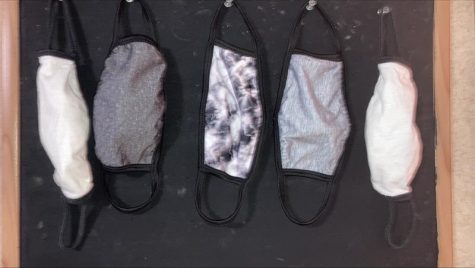
“Masks are recommended as a simple barrier to help prevent respiratory droplets from traveling into the air and onto other people when the person wearing the mask coughs, sneezes, talks, or raises their voice. This is called source control. If everyone wears a mask in congregate settings, the risk of exposure to SARS-CoV-2 can be reduced,” said the CDC.
In April 2020, the Infectious Disease Modeling journal used hypothetical model simulations of New York and Washington to test mask efficacy. They found that that the use of masks decreases the transmission rate of COVID-19. However, this study stresses that masks become virtually ineffective when not used in combination with other safety precautions, such as washing your hands and practicing social distancing.
The Center for Disease Control (CDC) has reported many variants (changes in the virus genome – genetic material – that can cause the virus to act differently) of the novel coronavirus and has made a list of them, calling them variants of concern. Some variants have around a 50% increased transmission, such as the UK and South African variants, with more variants predicted in the future. With the newly detected variants, the CDC is ensuring that the public is aware of how to wear a mask and how to double mask.
In fact, most of the studies that have been done on masks have shown that masks are generally more effective with the combination of social distancing and handwashing.
According to the current RCS COVID-19 procedures, quarantine is necessary when a student is traced back to a COVID-positive classmate, teacher, or other contact. Assuming that quarantine procedures remain in place for the remainder of this school year, both unvaccinated teachers and vaccinated teachers with symptoms will still have to quarantine if contact traced.
Contact tracing could be significantly more difficult in the case that more students begin attending schools after testing and choose not to wear masks. During testing, all students, including distance learners, will be required to show up in person, so the school buildings will still be frequented by students.
In addition, if a contact is sent to quarantine, they may only return to school once the fourteen days of quarantine have been completed by the person who originally tested positive. If the contact of the COVID-19 positive individual is a member of their family, this period lasts even longer.
Furthermore, there has been a shortage of substitutes in Rutherford County Schools all year, and more possible quarantines from contact tracing will only worsen the substitute issue.
The April 6 meeting agenda states the board members are able to “participate electronically in order to protect health, safety, and welfare,” during school board meetings.
Regardless of the result of this vote, distance learning is still an option that Rutherford County students will have for the remainder of the year. Online options for board members and students reveal the health risks involved with in-person attendance.
With so many opinions on the usage of masks, it is impossible to know what action the school board will take on April 6. What is clear is that the citizens of Rutherford County are starkly divided about the continuation of the mask mandate.
With student, family, and staff health in mind, masks should be required for the remainder of the school year.
To contact the Rutherford County Schools board members, click here.

I’m a senior, and my pronouns are she/her. My hobbies include photography, videography, and reading. Most of my favorite bands fall under the indie rock...

My name is Maddy Williams, and I'm a Senior. My main goal in life is to travel the world and become a writer. A fun fact about me is I serve in Children's...
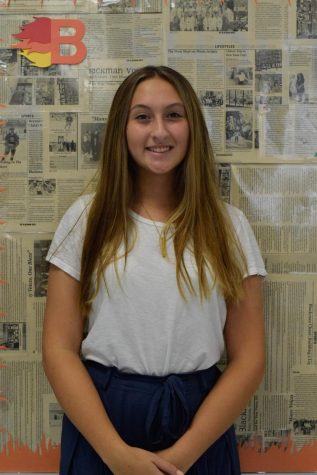
I’m a senior, and my pronouns are she/her. My hobbies include shopping and walking. My favorite movies are Moana and Mulan. I also LOVE lists. My pathway...

I’m a senior, and my pronouns are she/they. My hobbies are gaming, listening to music, and hopefully reading (I’m getting back into it again). My favorite...

My name is Matt Taylor, and I'm a Junior. My main goal in life is to be able to die knowing I won't be forgotten. I want to have a lasting impact on society,...


